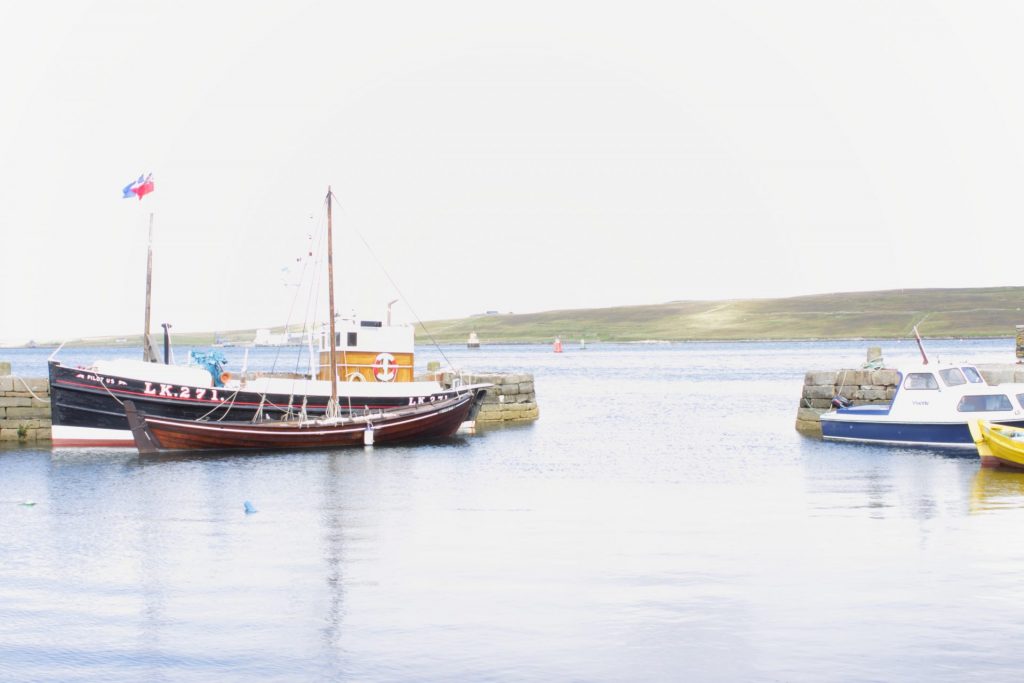Water Photography Tips
Water is such a beautiful subject to capture, as it can be calm and still, like a reflection in a lake, or dramatic and fast, like waves and waterfalls. So there are some tips and tricks to consider when attempting to photograph water. I love being near water and we are blessed to live by the canal, however I’d rather be by the sea, as it’s a constantly changing force that is a dream for photographers! So find a local water source and see what you can create!
SAFETY NOTICE ~ ALWAYS PHOTOGRAPH WATER FROM A SAFE DISTANCE, never put yourself in danger, don’t photograph alone!
1. Find a water source
Water appears in many different forms and places, making it an interesting subject for photography. There are the obvious places to capture water, such as oceans, lakes, rivers and waterfalls. But try to think of other places where you might find water. Puddles, wet roads, streams and fountains all offer great water photography opportunities. You could also look out for raindrops or condensation on a window, and water droplets on a spider’s web. In your own home you could use water from a running tap, or a sprinkler in the garden. And don’t forget about frozen water in the form of ice. Remember ~ only go to water sources that are accessible, safe and allowed during the lockdown restrictions!
2. Capture Calm
Being by water can have such a wonderful calm feeling and when it’s still and calm, it’s lovely to photograph the stillness and the mood. Still water can almost be mystical and magical as it often looks softer and can almost look like a painting rather than a photograph. Always check that your horizon is straight when taking sea and landscape photographs, there’s nothing worse than the world tipping!

You can make your still water look soft and almost misty by using a slow shutter speed, which you can alter on most DSLR cameras. Phones don’t have this capability, but there are some apps you can try for your phone such as Slow Shutter Cam to simulate the effect of a slow shutter speed. It works by capturing multiple exposures over a specified period of time, and then combining them together into a single photo.

3. Feel the drama
Water can be very powerful and dramatic, and it’s great if you can capture the movement and power. This can be done when using a fast shutter speed when using a camera, but obviously this can’t be done on a phone, so why not try an app to help such as Fast Camera & Fast Shutter this may be as simple as choosing the right shutter speed. A fast shutter speed freezes motion and works well for crashing waves to show the activity of an ocean.


4. Make splashes and ripples
The great thing about water is that you can completely change its appearance by making ripples or splashes on the surface. A flat expanse of water, such as the canal can be dramatically altered simply by throwing a small stone into the water. The circular ripples created will make a wonderful photo with a strong focal point. If you press the shutter at just the right moment, you can also capture the splash as the stone enters the water. If you have kids, they’ll love to help you out with the stone-throwing!For best results, shoot using burst mode to capture multiple shots in quick succession. You can then choose the best one from the sequence.


Try doing the follow to enhance your water photos in editing:-
- Crop your photo to remove unnecessary background if it looks better.
- Sharpen your image if needed.
- Add more contrast as this really can give an image more depth.
- Add a little more saturation to colour images to make them really dramatic.
Have fun and enjoy trying out water photography!

